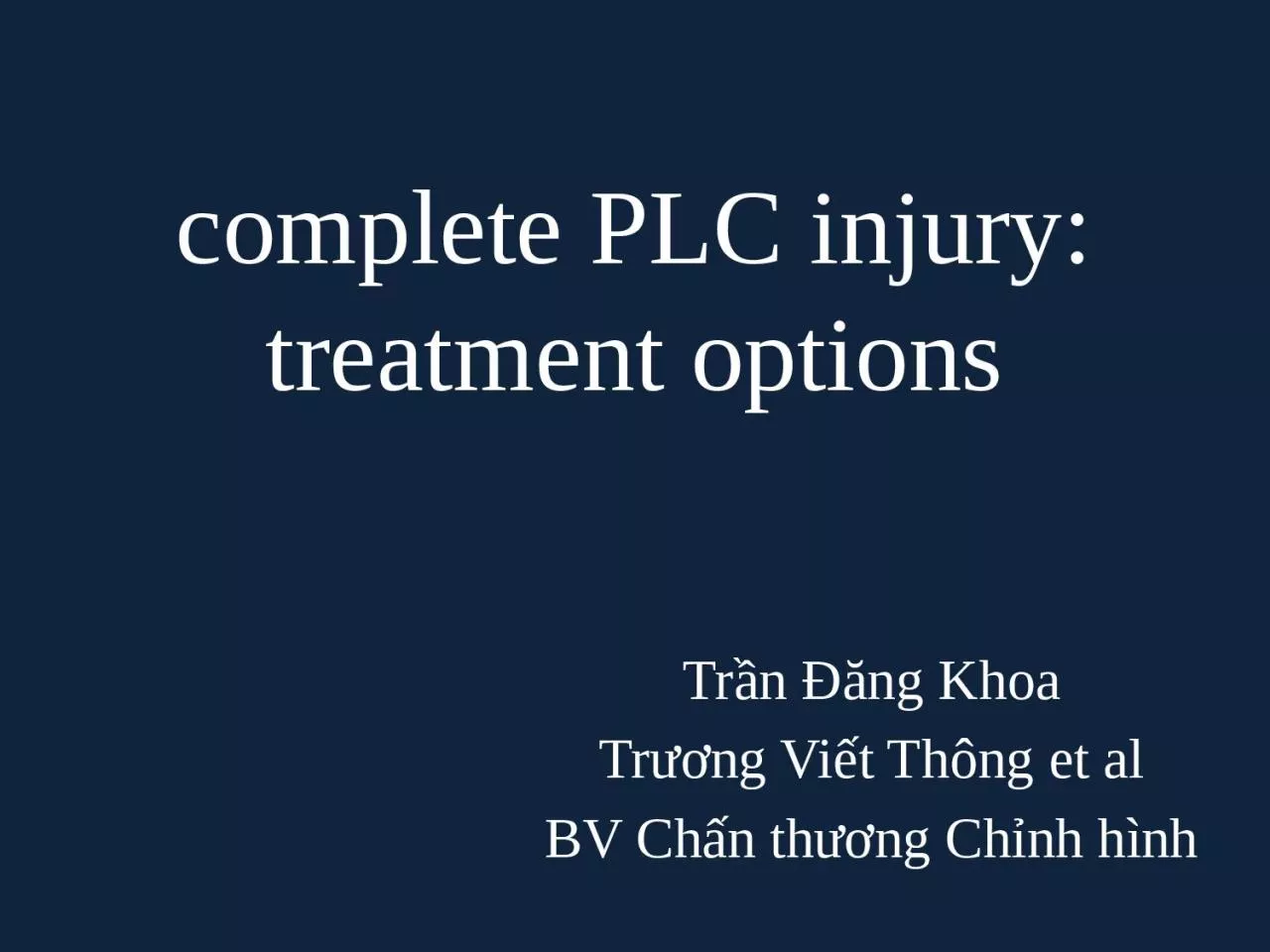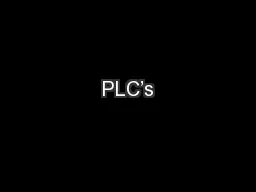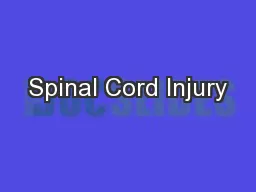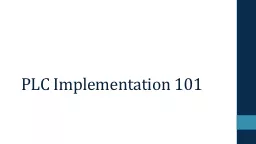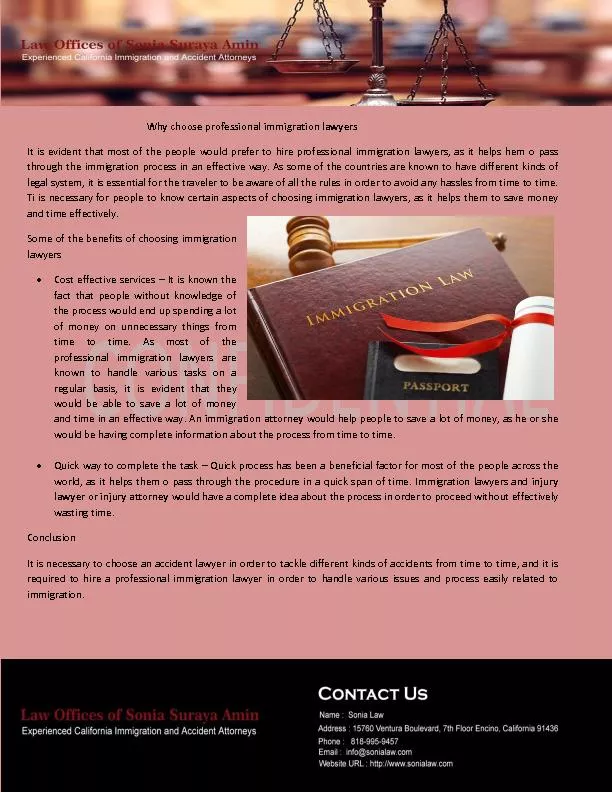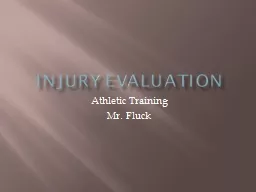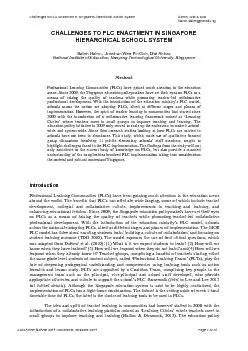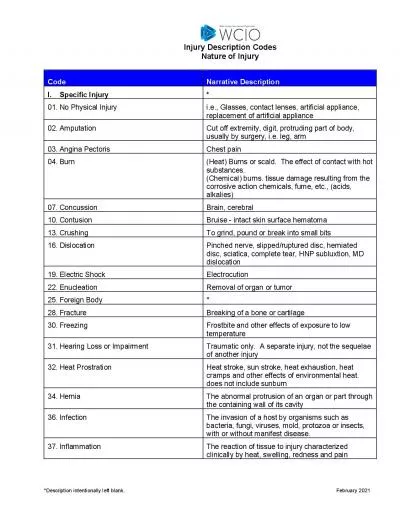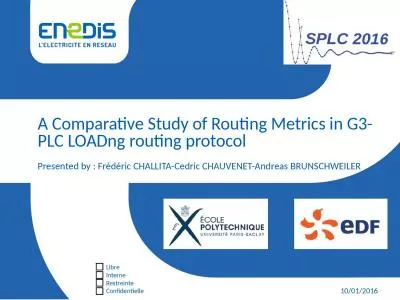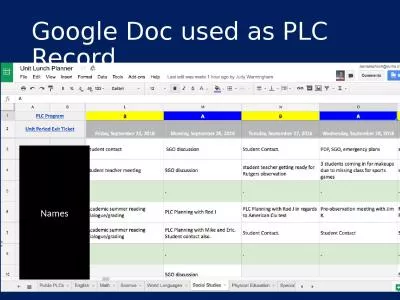PPT-complete PLC injury: treatment
Author : PeacefulPlace | Published Date : 2022-08-04
options Trần Đăng Khoa Trương Viết Thông et al BV Chấn thương Chỉnh hình Introduction once referred to as the dark side of the knee occult
Presentation Embed Code
Download Presentation
Download Presentation The PPT/PDF document "complete PLC injury: treatment" is the property of its rightful owner. Permission is granted to download and print the materials on this website for personal, non-commercial use only, and to display it on your personal computer provided you do not modify the materials and that you retain all copyright notices contained in the materials. By downloading content from our website, you accept the terms of this agreement.
complete PLC injury: treatment: Transcript
Download Rules Of Document
"complete PLC injury: treatment"The content belongs to its owner. You may download and print it for personal use, without modification, and keep all copyright notices. By downloading, you agree to these terms.
Related Documents

